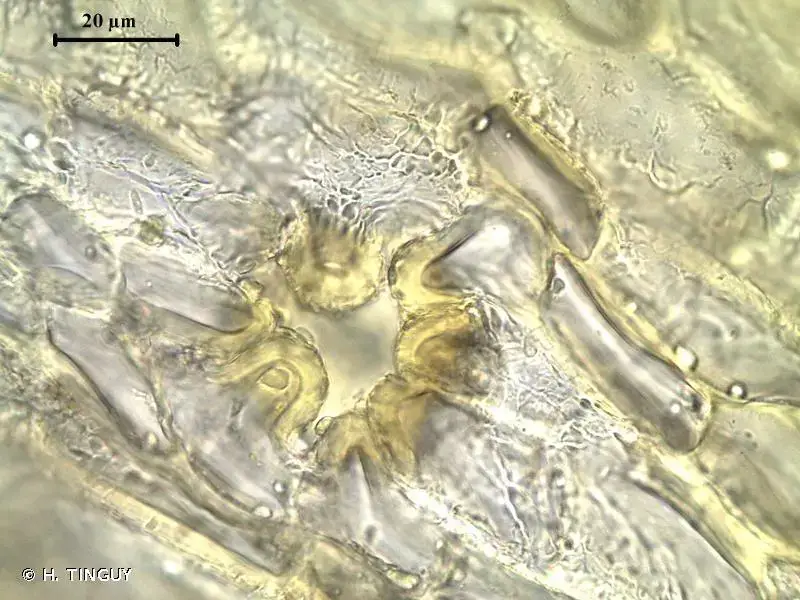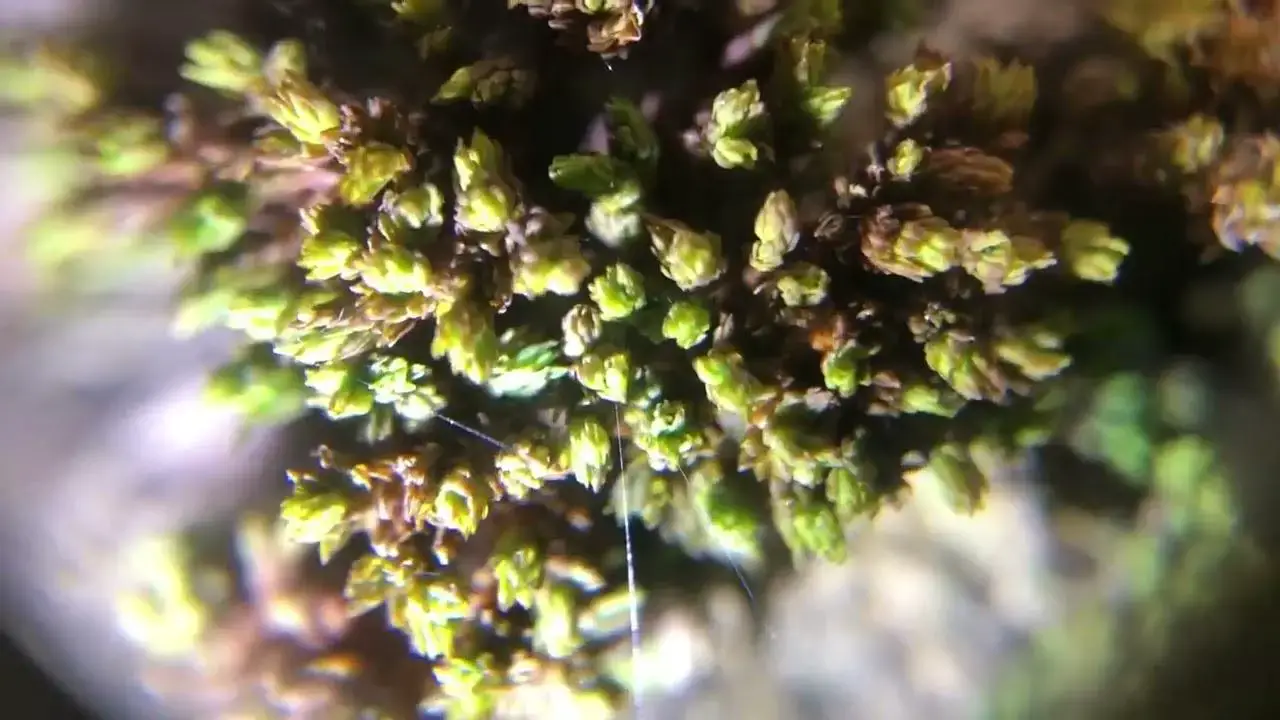
211682.jpg from: https://inpn.mnhn.fr/espece/cd_nom/5046
Introduction
In the vast and captivating world of bryophytes, one particular moss species stands out for its unique characteristics and ecological significance – the Orthotrichum gymnostomum Bruch ex Brid., commonly known as Orthotrichum. This unassuming yet fascinating moss belongs to the family Orthotrichaceae and has captured the interest of botanists and nature enthusiasts alike.
Background
Before delving into the intricacies of this remarkable moss, it’s essential to understand the broader context of bryophytes. These non-vascular plants, which include mosses, liverworts, and hornworts, are often overlooked but play a crucial role in various ecosystems. They are among the oldest land plants on Earth, dating back to the Paleozoic era, and have adapted to thrive in diverse environments.
Main Content

maxresdefault.jpg from: https://www.youtube.com/watch?v=OSEtQ6HApYw
Morphology and Identification
The Orthotrichum gymnostomum Bruch ex Brid. is a small, acrocarpous moss that forms dense, cushion-like tufts or mats. Its leaves are lanceolate, with a distinctive midrib and a slightly crisped appearance when dry. One of its most notable features is the absence of a peristome, which is a fringe of teeth surrounding the opening of the capsule. This characteristic is reflected in its specific epithet, “gymnostomum,” derived from the Greek words “gymnos” (naked) and “stoma” (mouth).
Global Distribution and Habitat
This moss species has a widespread distribution, occurring on various continents, including Europe, Asia, North America, and parts of Africa. It thrives in a range of habitats, from tree bark and rocks to soil and decaying wood. However, it is particularly well-adapted to growing on the bark of trees, where it forms distinctive patches or cushions.
Ecological Roles and Adaptations
Despite its diminutive size, the Orthotrichum gymnostomum Bruch ex Brid. plays a vital role in its ecosystem. It contributes to the overall biodiversity of the area and serves as a microhabitat for various invertebrates and microorganisms. Additionally, this moss species is known for its ability to absorb and retain moisture, acting as a natural sponge and helping to regulate the local microclimate.
One of the remarkable adaptations of this moss is its tolerance to desiccation. During dry periods, it can enter a state of dormancy, curling its leaves inward to minimize water loss. When moisture becomes available again, the moss quickly rehydrates and resumes its normal growth and metabolic activities.
Case Studies/Examples
In urban areas, the Orthotrichum gymnostomum Bruch ex Brid. has been observed growing on the bark of street trees, demonstrating its resilience and ability to thrive in human-modified environments. This moss species has also been the subject of various scientific studies, exploring its ecological interactions, reproductive strategies, and potential applications in biomonitoring.
Technical Table
| Characteristic | Description |
|---|---|
| Phylum | Bryophyta |
| Class | Bryopsida |
| Order | Orthotrichales |
| Family | Orthotrichaceae |
| Genus | Orthotrichum |
| Species | Orthotrichum gymnostomum Bruch ex Brid. |
| Growth Form | Acrocarpous, cushion-like tufts or mats |
| Leaf Shape | Lanceolate, with a midrib |
| Capsule | Lacking a peristome (gymnostomous) |
| Habitat | Tree bark, rocks, soil, decaying wood |
| Distribution | Widespread across Europe, Asia, North America, and parts of Africa |
Conclusion
The Orthotrichum gymnostomum Bruch ex Brid., or Orthotrichum, is a remarkable moss species that exemplifies the beauty and resilience of bryophytes. Its unique morphological features, ecological roles, and adaptations make it a fascinating subject of study for botanists and nature enthusiasts alike. As we continue to explore and appreciate the diversity of life on our planet, this unassuming moss serves as a reminder of the intricate web of interconnections that sustain our ecosystems. Perhaps the next time you encounter a patch of moss on a tree trunk, you’ll pause and appreciate the wonders of the Orthotrichum gymnostomum Bruch ex Brid..